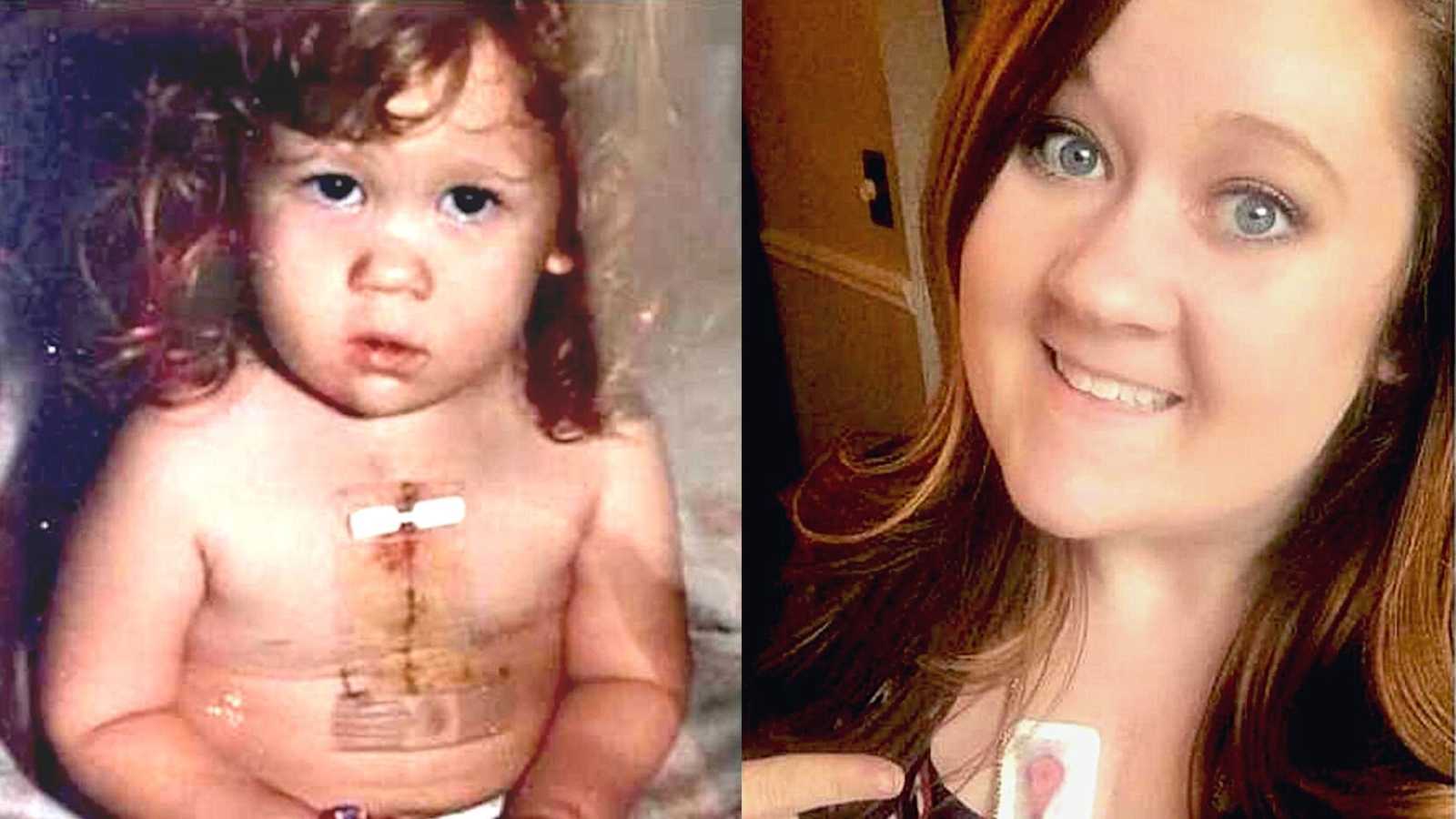“June 20, 1987. The day my parents’ world changed forever. I was born four days prior, and my parents were preparing to take me home the following morning, when a nurse rushed in and said, ‘We are having a problem. Your baby is floppy and turning blue.’ A neonatologist from another local hospital made the decision to stop by on his way in to work to examine me. His steps quickened as he saw me from across the room, struggling to breathe, and my skin now a bluish-purple. Within 10 minutes, transport to the other hospital had been arranged as my parents were left wondering why their seemingly-healthy baby girl, as of a few hours ago, was now clinging to life. My mom recalls her heart sinking to her stomach when she and my dad were met by both the neonatologist and a pediatric cardiologist from the local children’s hospital upon arrival. ‘Your baby has coarctation of the aorta and two holes in her heart. She is in complete heart failure and needs emergency surgery. She only has a 50% chance of surviving through the night, but we’ll do everything we can.’
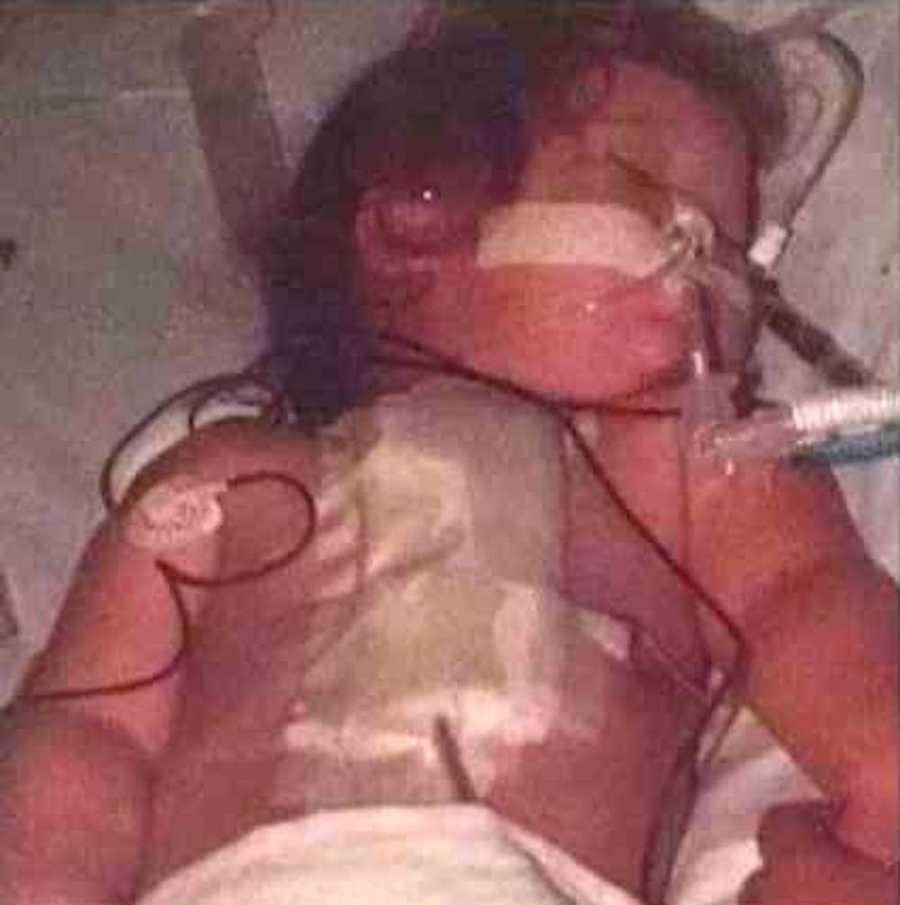
And they did. A cardiac catheterization and medication improved my circulation and allowed my heart to rest before my first surgery at seven days old. But my journey didn’t end there—I underwent a second surgery to repair that pesky coarctation at 13 months old, followed by a third. Unfortunately, I required a second open-heart surgery to replace my valve, which was by far the riskiest, because the area of my heart where oxygenated blood exits out to the body was also very narrow. At the time, this type of procedure had a higher mortality than other surgeries, leaving my parents as terrified as I was, wheeled away to the OR. Although I looked perfectly healthy, the reality was my heart was a ticking time bomb, and if they waited too long it would be too late.
Thirteen hours later, surgery was over and I was out of the operating room. I recall my mother telling me even as a nurse she’d never seen so many tubes coming from one little body. Six in total. And they all began filling with blood. Despite numerous transfusions, so many my parents lost count, the bleeding continued and my heart rate and blood pressure began to drop. I was quickly taken back to the OR for what seemed like an eternity. The surgery had gone perfectly but my heart was incredibly swollen, requiring my chest to be left open with a sterile dressing to allow it to heal. But I was far from okay. When I returned to the ICU, my surgeon, who at this point had patched and stitched my heart a total of four times, told my family, with tears in his eyes, he had done all he could do and it was time to pray.
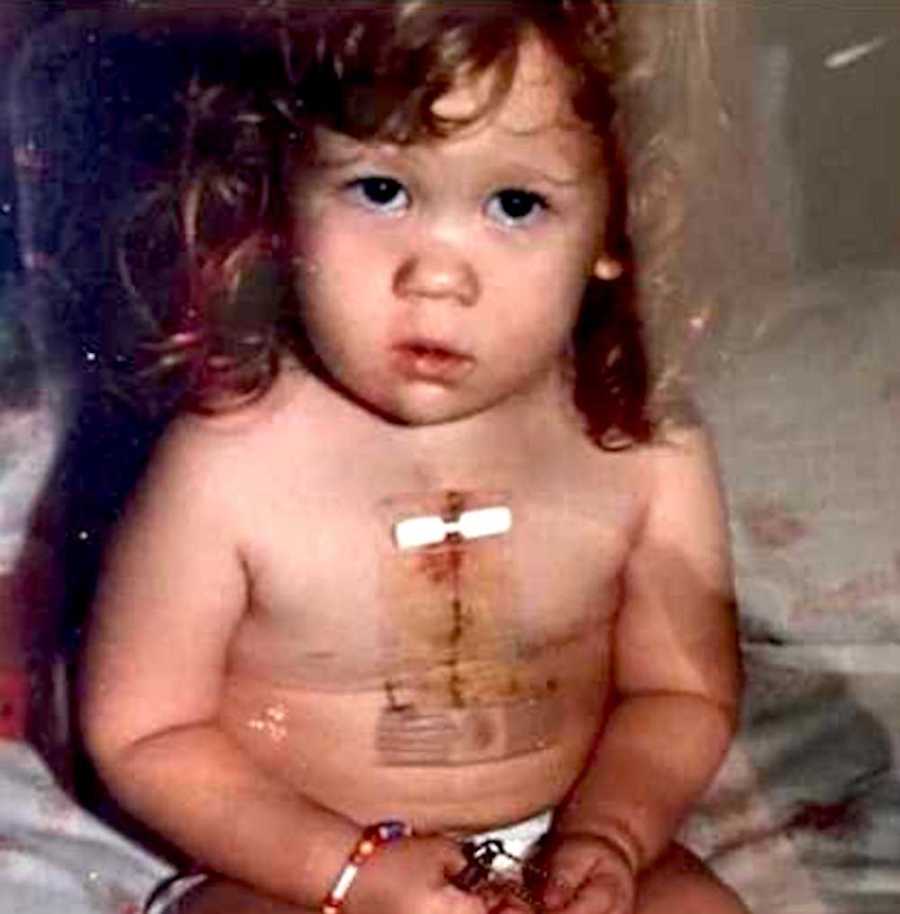
For the next six days I teetered between life and death. When I asked my mom years ago why there are no photos of my fourth surgery, her response hit me like a ton of bricks: ‘I was scared you were going to die and I didn’t want it to be my last memory of you.’ My family went from clinging to hope to pure elation when after almost a week, my surgeon burst through the doors of the waiting area with a huge grin on his face. He told my family I and God had decided it was time to get better. After 28 days, I walked out of the hospital. Now, 27 years later, my valve continues to function well, its ticking sound a welcome reminder I am alive and thriving.
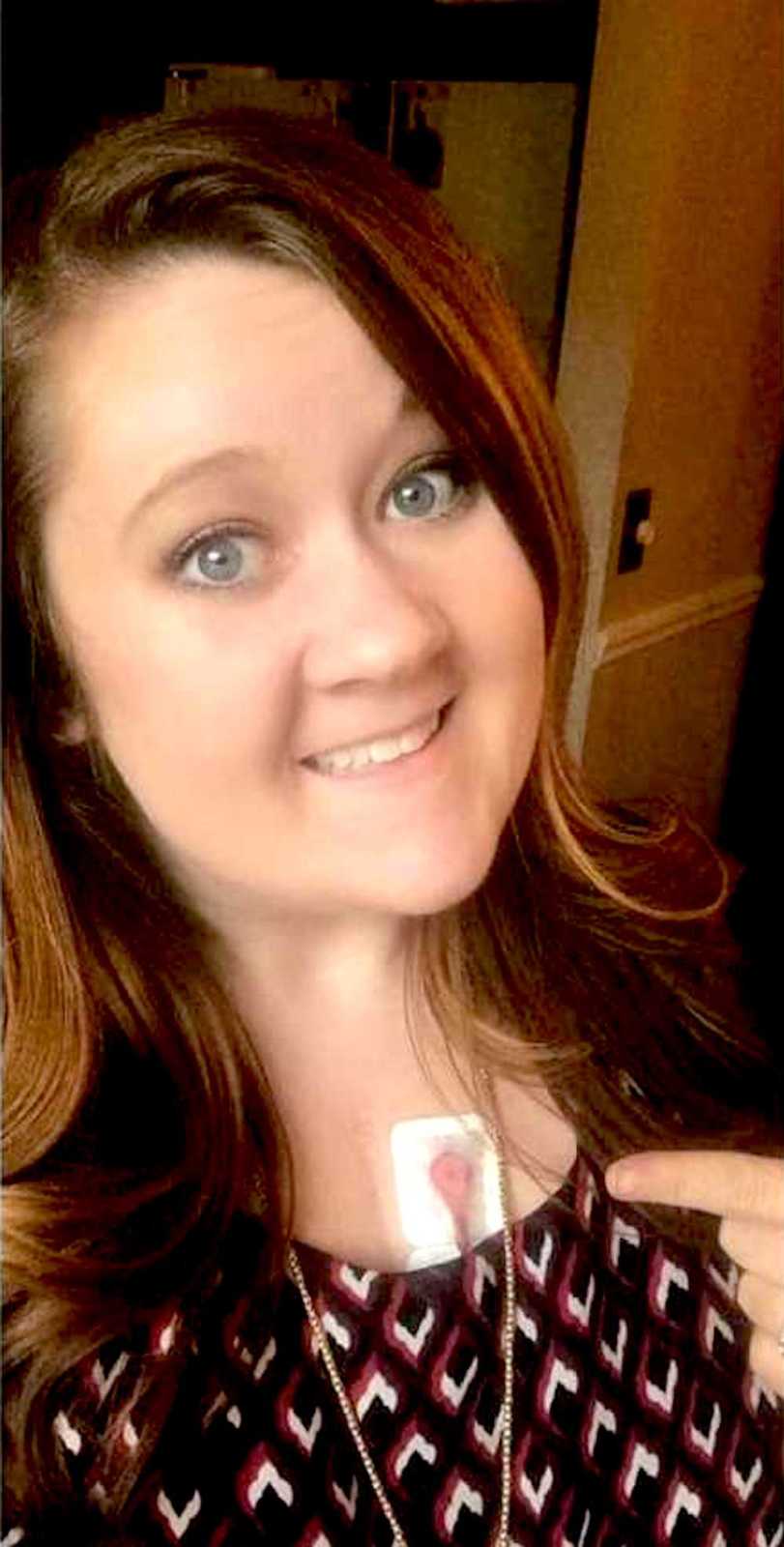
A little less than a year after my fourth surgery, my family would again experience this roller coaster with the birth of my nephew Drew, who was also diagnosed with a congenital heart defect (CHD), called truncus arteriosus. Growing up, Drew was the only other person I knew with a CHD and, like me, he also had four surgeries throughout his life, his last being at 17 years old.
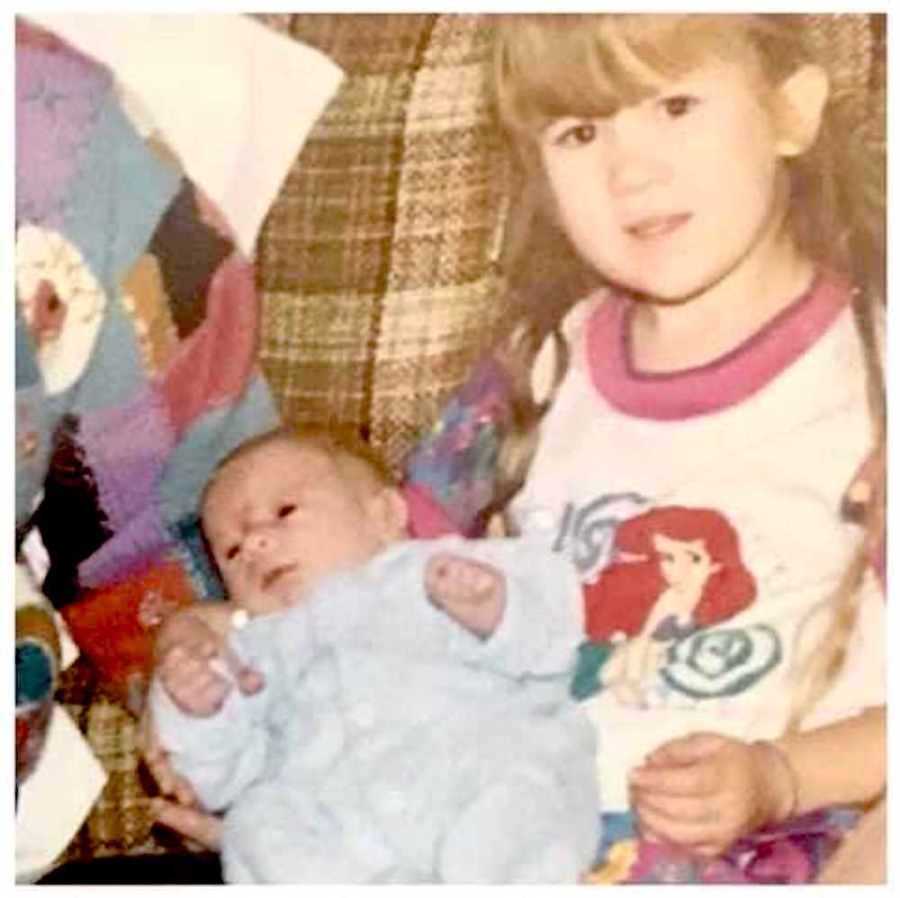
Because of our journeys, I knew I wanted to make a difference in some way. I obtained a degree in communications with the intention of working in the non-profit sector, but eventually found myself pursuing and receiving a post-baccalaureate nursing degree. This led me to working as a registered nurse in a pediatric cardiac ICU, which was one of the hardest, yet most rewarding, things I’ve ever done in my life. I saw first-hand the very real world of CHD. I’ve done CPR on a patient as they were crashed onto ECMO, a heart-lung bypass machine, in the middle of the night. I’ve comforted a family who lost their child and cried with them. I’ve seen patients waiting months for a heart transplant become too weak to hold on any longer. On the lighter side I saw kids, sometimes those who had been there for months, finally become healthy enough to leave the unit. My journey had seemed to come full circle.
November 10, 2013, however, was the day which would change the trajectory of my life. A day still so vivid in my mind. I had worked the night before and around 2 p.m. I woke up suddenly to the sound of my husband’s footsteps coming up the stairs to give me his phone. On the other end I heard my mother say, ‘Something has happened to Drew. He’s had a seizure. We were on our way to the park.’ I remember thinking to myself, ‘I have experienced seizures in the past. He’ll be okay.’ But still I felt uneasy and called work to let them know I wouldn’t be there that night.
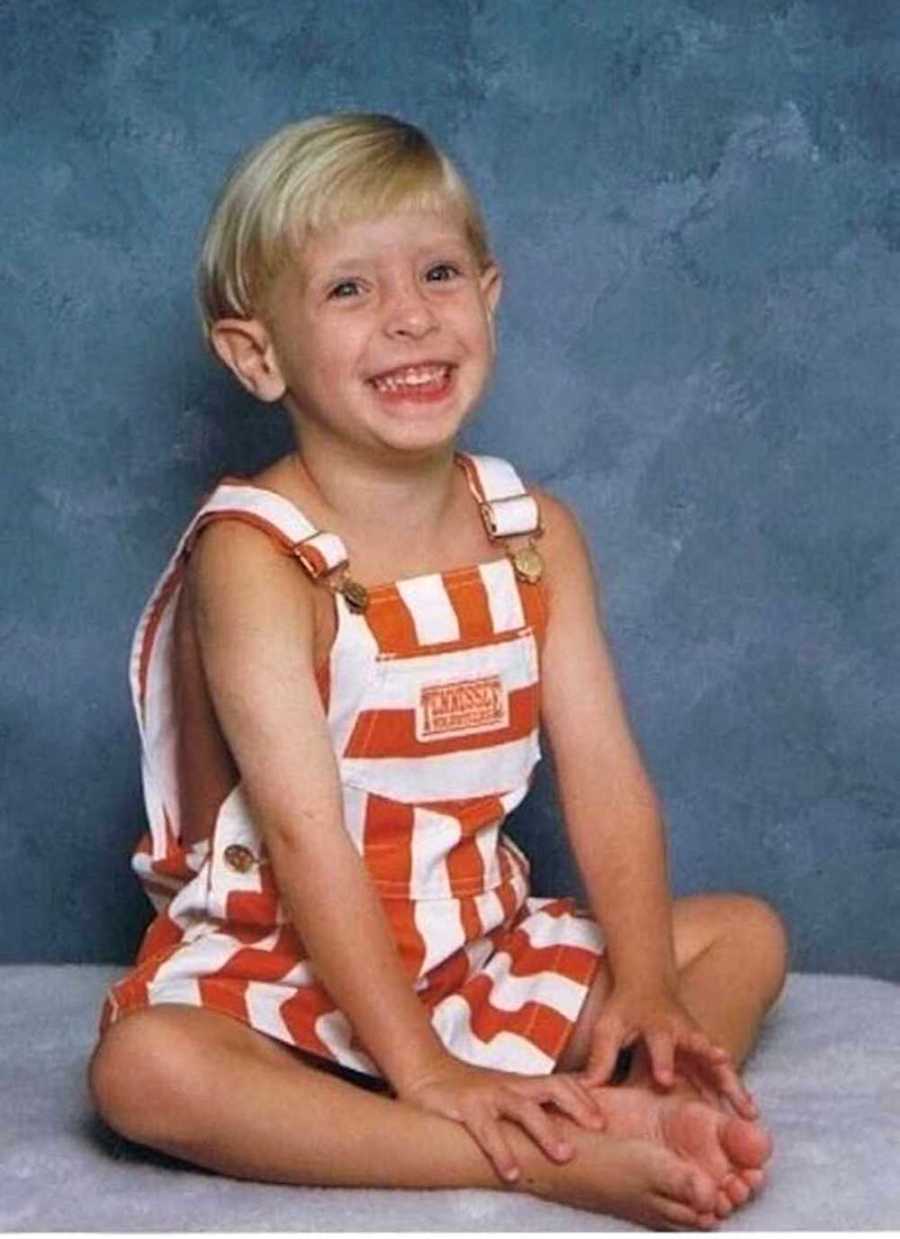
Second phone call. ‘Cardiac arrest.’ Everything was a blur. ‘Stopped breathing, CPR.’ I only recall bits and pieces of the conversation. But what I do remember distinctly is everything around me going silent and being surrounded by my own screams. I remember the coarse feel of the carpet underneath my knees as I hit the floor and begged God to let him be okay. I threw clothes in a suitcase frantically, fully prepared to be spending a lot of time in an ICU.
Fifteen minutes on the road from Nashville to Atlanta. Third phone call. ‘He’s gone. They couldn’t save him.’ My screams filled the car, my vision blurred by tears. I was devastated. My nephew, who was more like a brother to me, was gone. I’d never see him smile again or hear his voice. I had seen him about a month before—the last photo I took of him was in my parents’ boat out on the lake. Smiling. Laughing. No signs anything was wrong. But yet, there was.
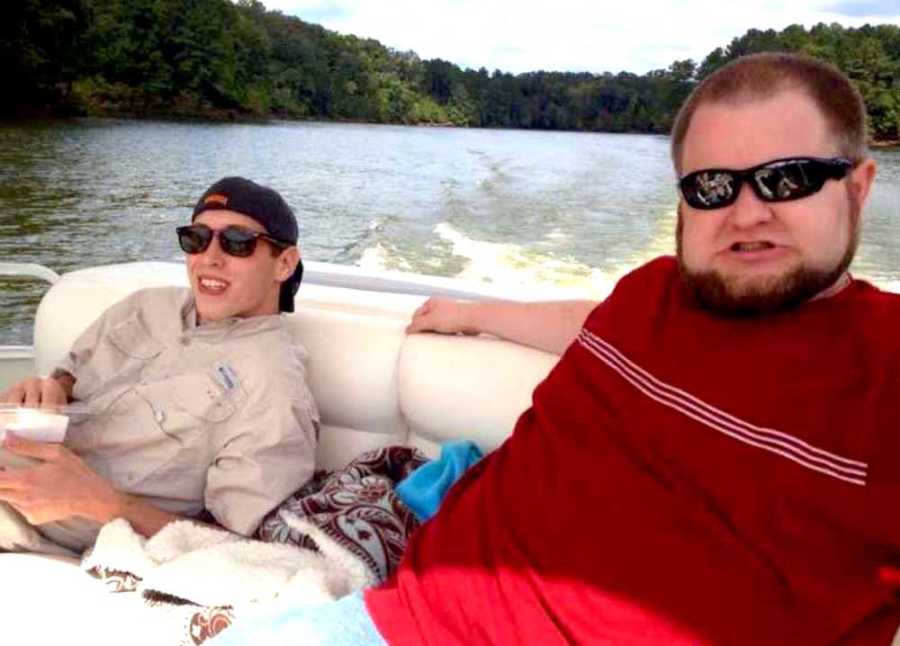
Despite a common misconception surgery is a cure, a congenital heart defect is a lifelong diagnosis, and as children turn into adults, their risk of heart failure, stroke, arrhythmia, and sudden cardiac death increases. A few years prior to Drew’s passing, I had discovered an organization called the Adult Congenital Heart Association (ACHA) and learned I, along with Drew, should be under the care of a cardiologist who specializes in adult congenital heart disease. I am fortunate since that day I have been in the appropriate care, however, this was not so for Drew. He was lost to care for less than two years. He had a smile which could light up a room. He had a zest for life and never met a stranger. He was 20 years old.

Feeling the need to channel my grief—and, to some extent, my guilt—over Drew’s death into something positive, I began searching out avenues to raise awareness. This included sharing mine and Drew’s story with organizations like World of Broken Hearts and volunteering with ACHA. In 2017, I joined ACHA’s staff as the Membership & Volunteer Coordinator, where I educate patients and families on the importance of lifelong care, connect our members with resources, oversee our volunteer program, and lead our local Walk for 1 in 100. There are close to 3 million children and adults estimated to be living with a CHD in the United States, the most common birth defect. Of that number, around 1.4 million are adults, yet less than 10% are in appropriate follow-up care. On the most terrible day of my life, I truly understood what it meant to have a lifelong condition, and I made a promise to honor Drew’s memory by advocating, educating and raising awareness, however I could to whoever would listen. And I intend to keep that promise.”
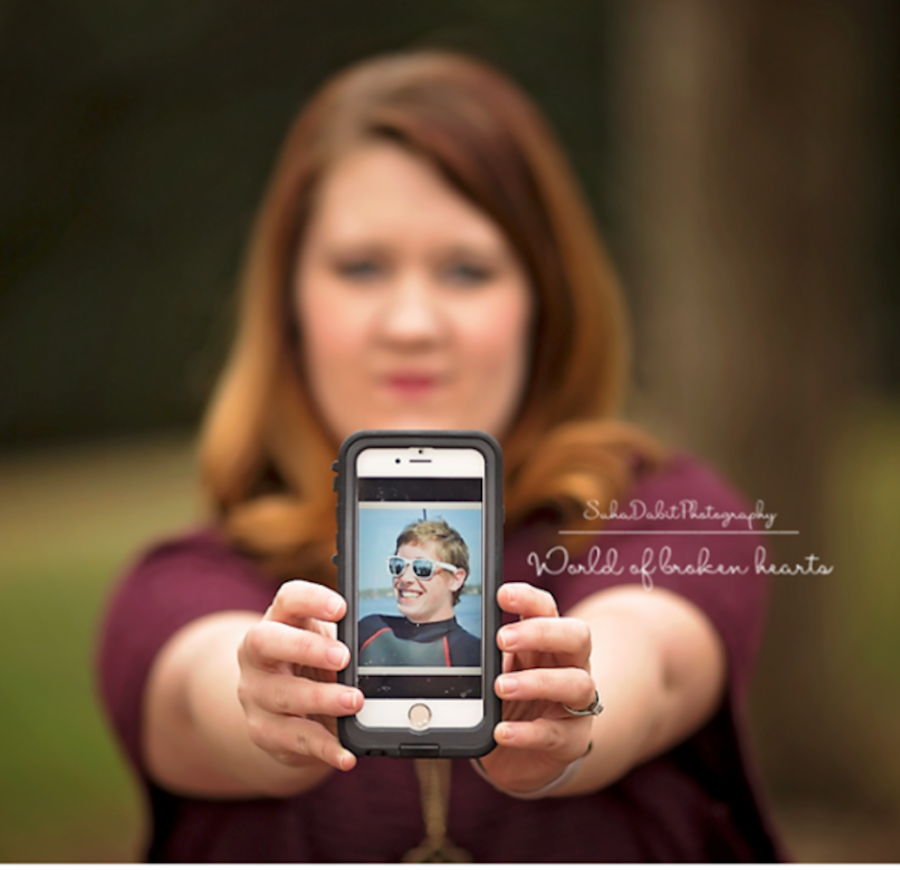
This story was submitted to Love What Matters by Misty Sharpe. For more information on congenital heart defects, the Adult Congenital Heart Association or the Walk for 1 in 100, visit www.achaheart.org. Follow them on Instagram and Facebook. Submit your own story here and be sure to subscribe to our free email newsletter for our best stories, and YouTube for our best videos.
Read more touching stories like this here:
Do you know someone who could benefit from this story? Please SHARE on Facebook or Twitter to let them know a community of support is available.

